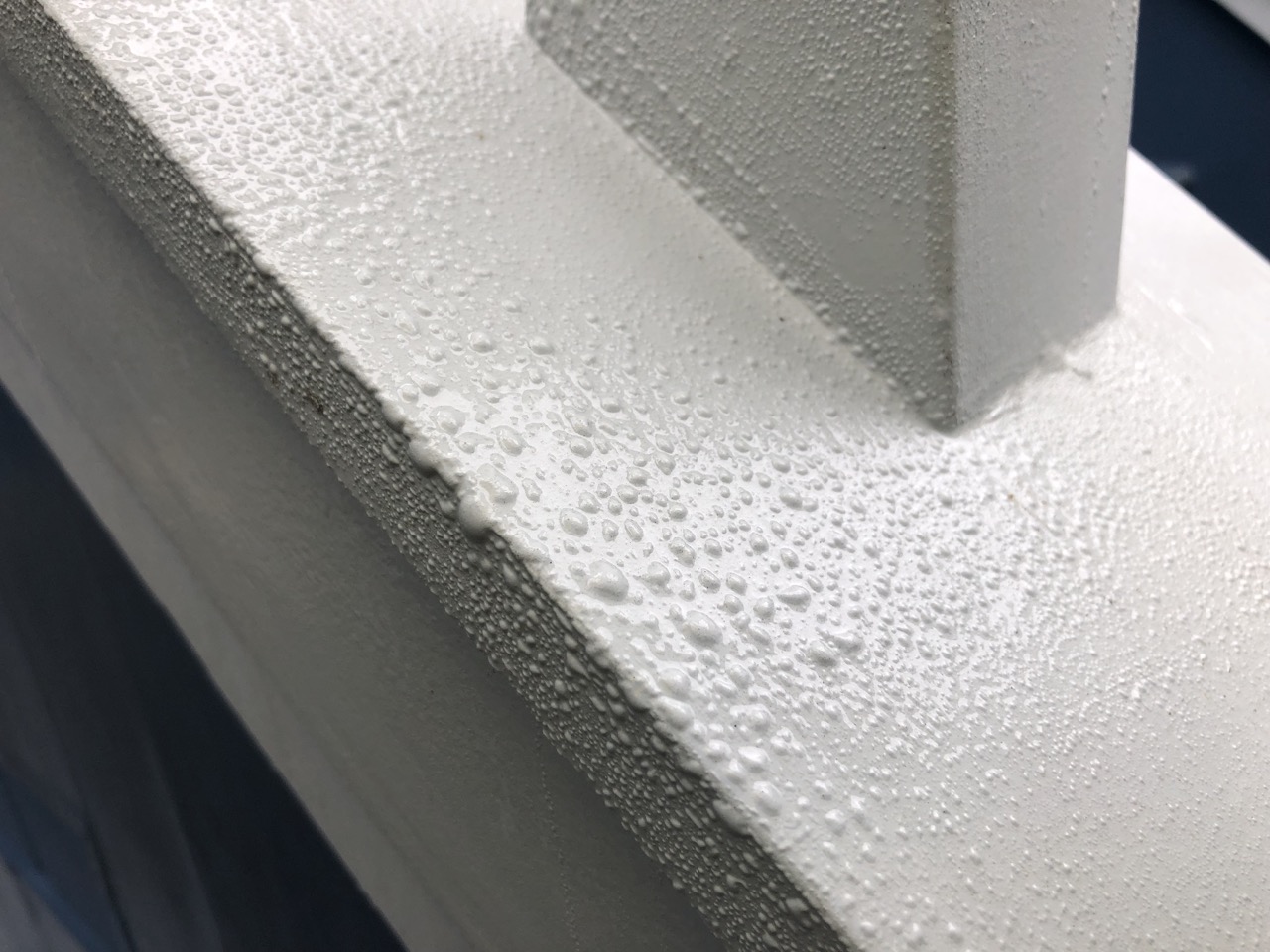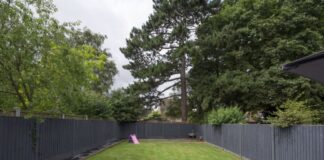Adding a siding to your home is a smart decision. Vinyl sidings are extremely durable and do a great job of protecting your property’s exteriors from the wrath of extremely natural elements.
Moreover, the siding of your home also plays a crucial role in enhancing the curb appeal of your home and in turn, help homeowners enhance the resale value of their property.
While vinyl siding is usually very durable, it still may require a few repairs from time to time. Besides vinyl siding repair, old and beaten down siding may even require a complete replacement.
Not knowing when the vinyl siding of your home requires your attention can lead to more serious problems as damaged siding will not be able to efficiently protect your property.
If you are worried about the same, here are a few signs that indicate that your home’s vinyl siding requires attention. Moreover, it is even more difficult for homeowners to determine whether their vinyl siding needs a complete replacement or minor repairs.
In this article, we will look at the different signs of visible damage commonly found on vinyl sidings and the kind of damage level they indicate.
Let us begin:
Cracks, Gaps And Chipping
While vinyl siding can develop cracks and chips for a number of reasons, the most common reasons are extreme weather conditions and damage done by a wild animal.
Hail storms are a common reason behind dents on vinyl siding. However, minor dents are not a serious problem and your siding will continue to perform as it should.
On the other hand, cracks, gaps, and instances of chipping can lead to more serious problems. These can be caused by natural phenomena like hail storms or because of mice or squirrel infestation under your siding. This is common with homes that use outdated siding material like wood.
The only solution to such a problem is a complete replacement of the current siding with modern vinyl siding.
Sudden Spike In Energy Bills
Besides improving the curb appeal of your home, the siding of your home also acts as an insulating layer for your home.
Naturally, if and when your siding gets damaged, heat (or cold air) starts escaping from your home. As a result, your heating or cooling appliances have to work extra hard to keep your home cold/warm.
Hence, a spike in energy bills can be associated with damaged siding. If this is the case, you should contact a siding professional to assess the damage on your siding. If the siding turns out fine, you might want to contact a commercial roof repair specialist to assess the roof.
Bubbling/Blistering
Bubbling and blistering are usually a result of exposure of old vinyl siding to extremely hot temperatures. These are often very unappealing and can easily ruin the whole appearance of your home.
Thankfully, the modern varieties of vinyl siding are much more resilient to extreme heat and can withstand extreme temperatures without taking too much damage.
So, if you have found blisters or bubbling on your siding, it may be time to replace them with modern vinyl siding.
Rippling
Rippling is another sign of damage that is usually seen in older siding. In most cases, the siding component starts to sag over the years, causing the appearance of ripples.
These ripples compromise the siding’s ability to protect your home from water damage. Hence, if you see ripples in your siding, you may want to contact a professional.
Another point worth remembering is that if your siding is relatively new and you are seeing ripples, it may be the result of a poor installation job. In this case, you must contact the professionals that installed your siding and ask them to visit your property and fix the damage.
Conclusion
These are just a few of the many signs of damage that your siding can have. For this reason, it is wise to get a professional to assess the condition of your home’s siding, in an annual inspection.




















